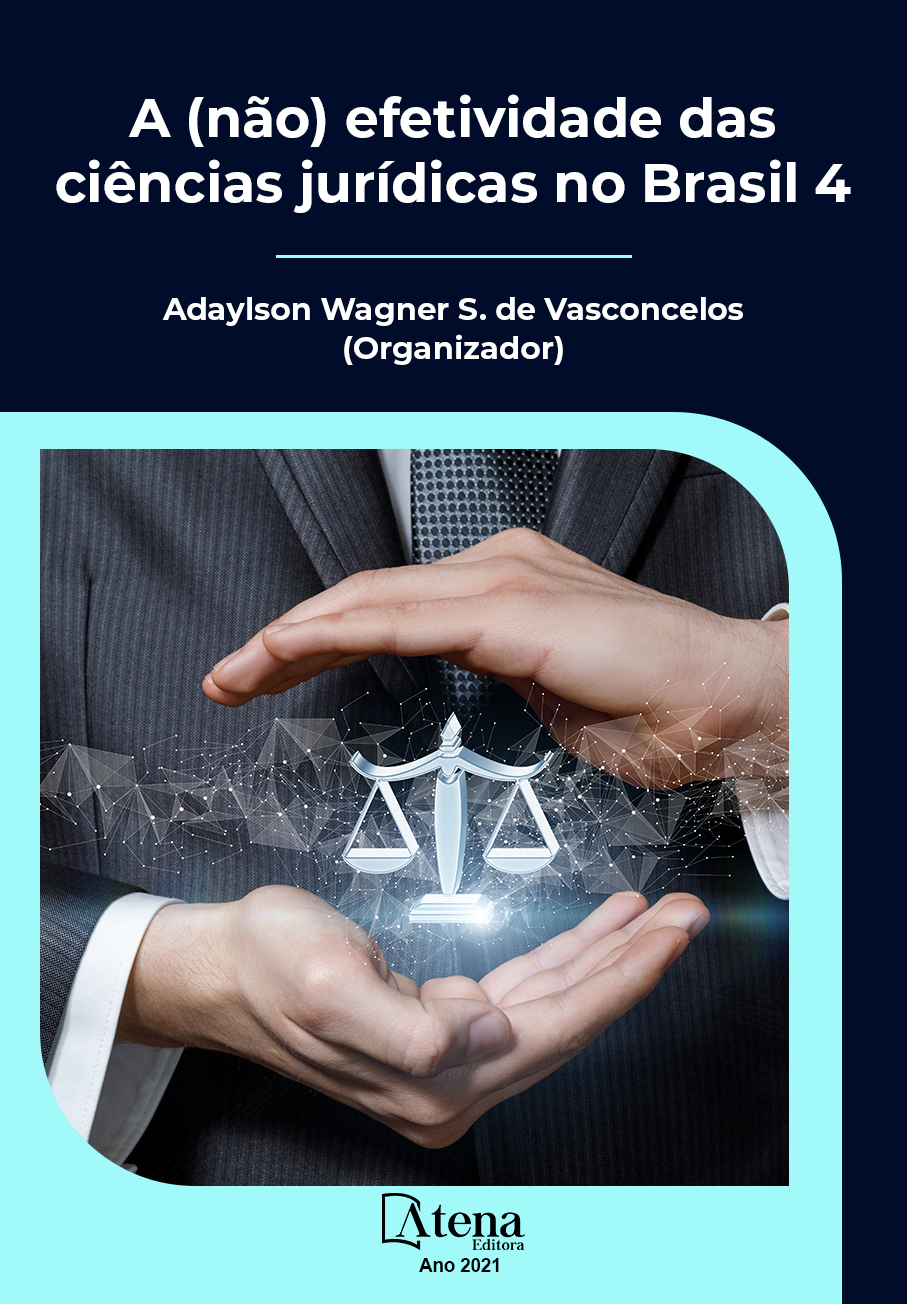
JUSTIÇA RESTAURATIVA: UM NOVO OLHAR PARA A VÍTIMA
O presente trabalho visa analisar o olhar da Justiça Restaurativa em relação ao Sistema Penal brasileiro, sob o enfoque da vítima, observando seus princípios e valores, bem como abordar as principais diferenças da Justiça Retributiva. A Justiça Restaurativa já está no país há mais de uma década, e é regulamentada através de Resoluções, sendo as principais a Resolução 225/16 do Conselho Nacional de Justiça e a Resolução 2002/12 da Organização das Nações Unidas. Trata-se de um método de justiça instituído por princípios e valores, como o princípio da voluntariedade e consensualidade, objetivando, principalmente, o empoderamento da vítima e a reparação dos danos eventualmente causados. As práticas desse modelo de justiça são realizadas através de círculos restaurativos compostos pelas partes envolvidas, a comunidade quando necessário e o (a) facilitador (a), que é a pessoa capacitada para conduzir o círculo.
JUSTIÇA RESTAURATIVA: UM NOVO OLHAR PARA A VÍTIMA
-
DOI: 10.22533/at.ed.2172105076
-
Palavras-chave: Justiça Restaurativa, Vítima, Práticas Restaurativas, Empoderamento, Reparação de danos
-
Keywords: Restorative Justice, Victim, RestorativePractices, Empowerment, DamageRepair
-
Abstract:
The present work aims to analyze the look brought by Restorative Justice in relation to the Brazilian Penal System, under the victim's focus, observing its principles and values, as well as addressing the main differences of Retributive Justice. Although not well known in Brazil, restorative justice has been in the country for more than a decade. It is regulated through Resolutions, the main ones being Resolution 225/16 of the National Council of Justice and Resolution 2002/12 of the United Nations. It is a method of justice instituted by principles and values, such as the principle of voluntariness and consensuality, aiming mainly at empowering the victim and recovering from the damage caused. The practices of this model of justice are through restorative circles, which are composed of the parties involved, the community when necessary and the facilitator, who is a person trained to lead the circle.
-
Número de páginas: 19
- Bruna Lima Levon


